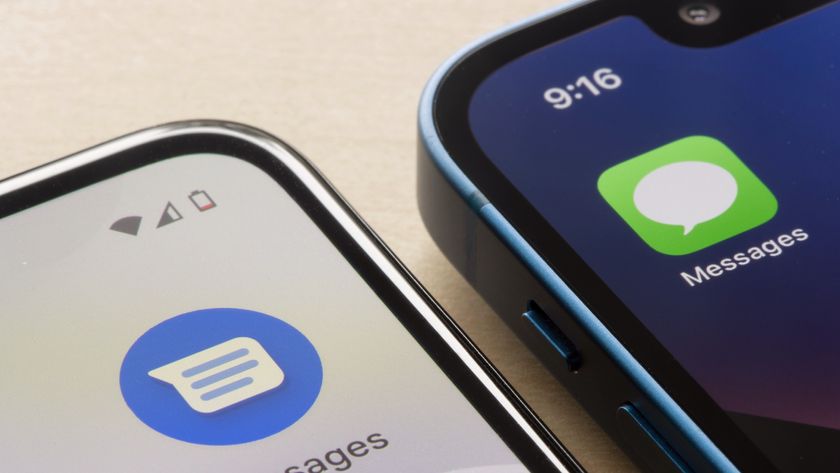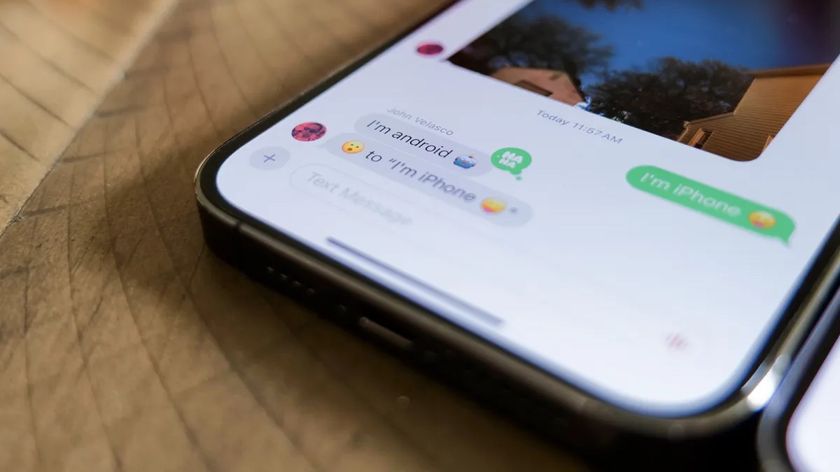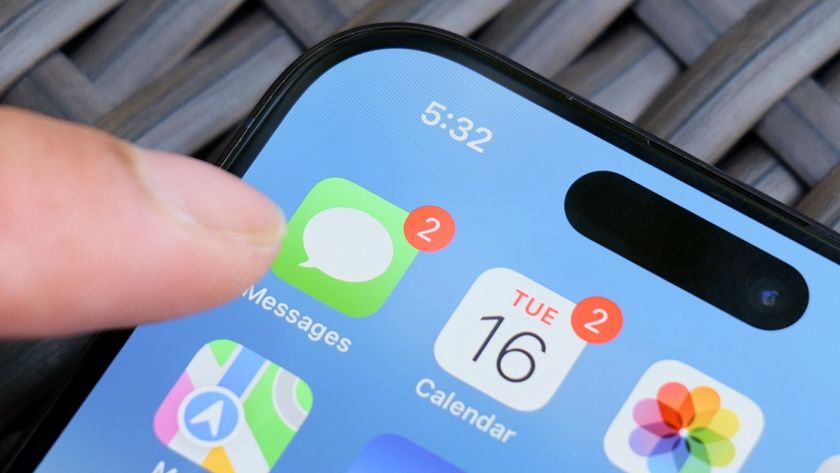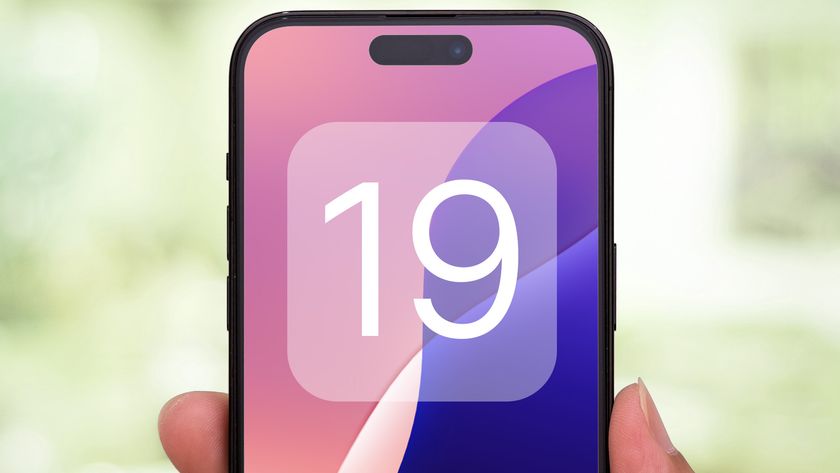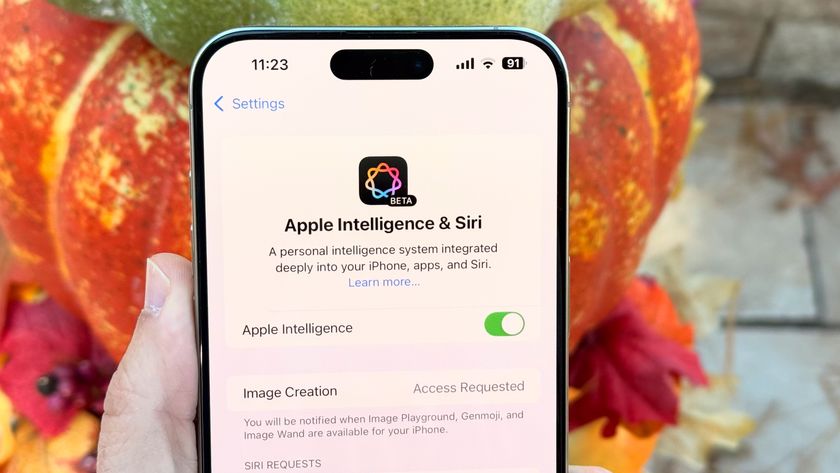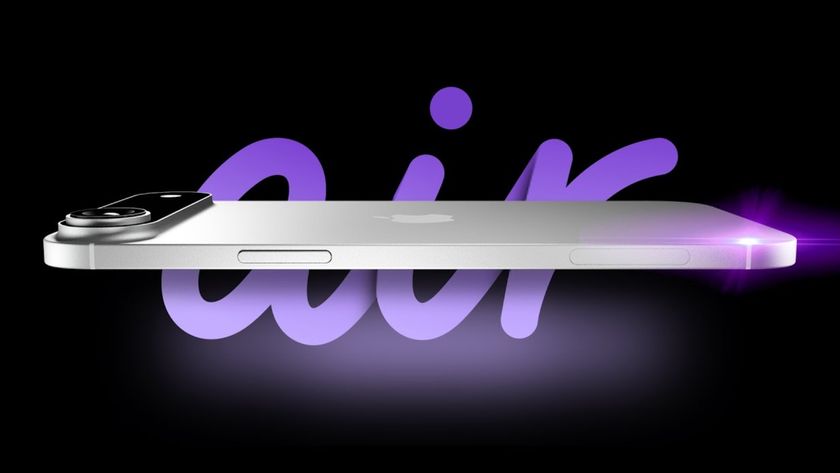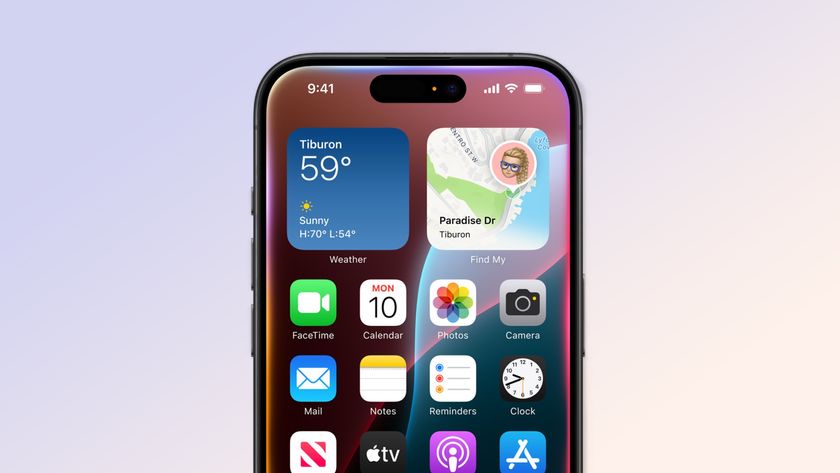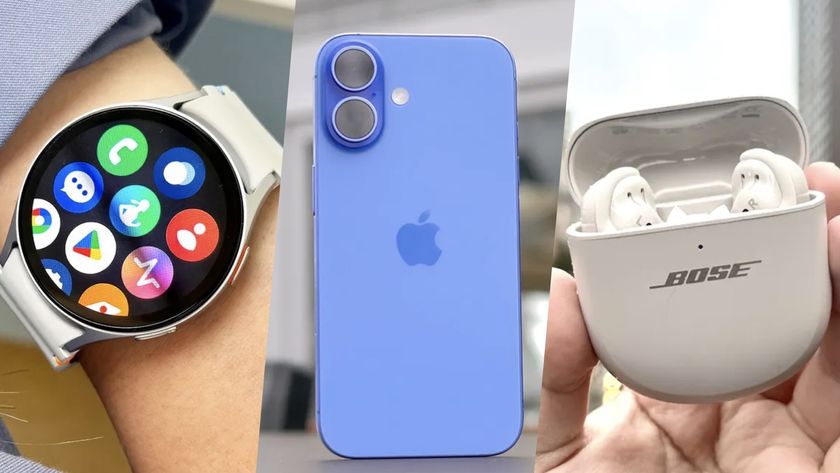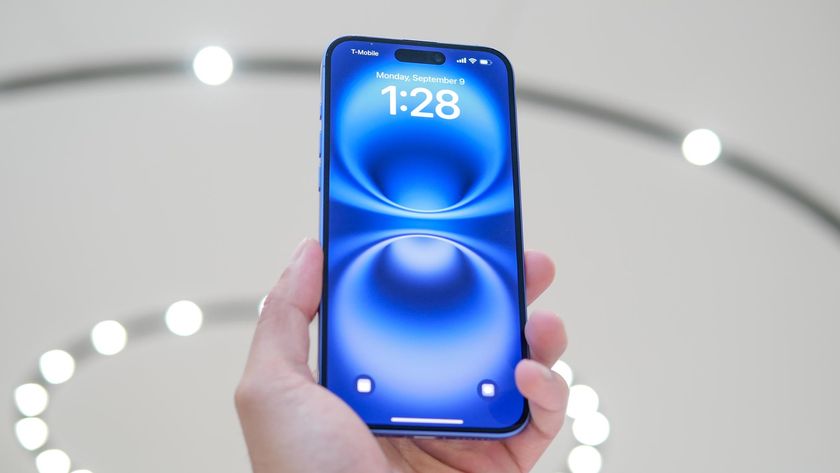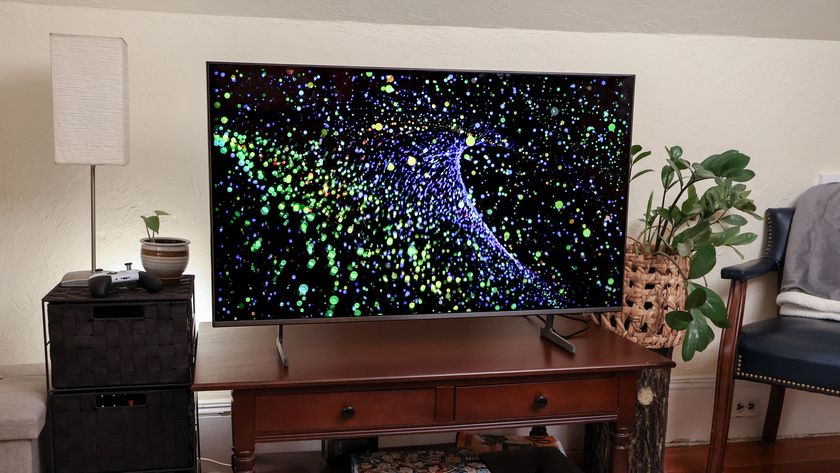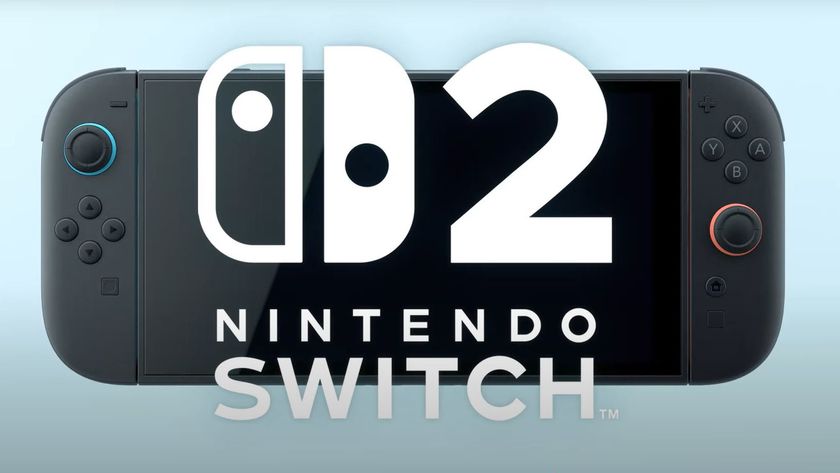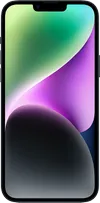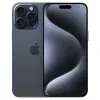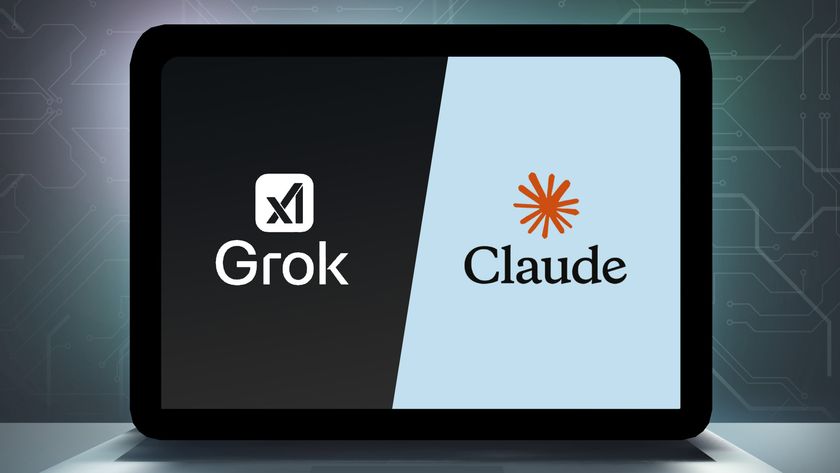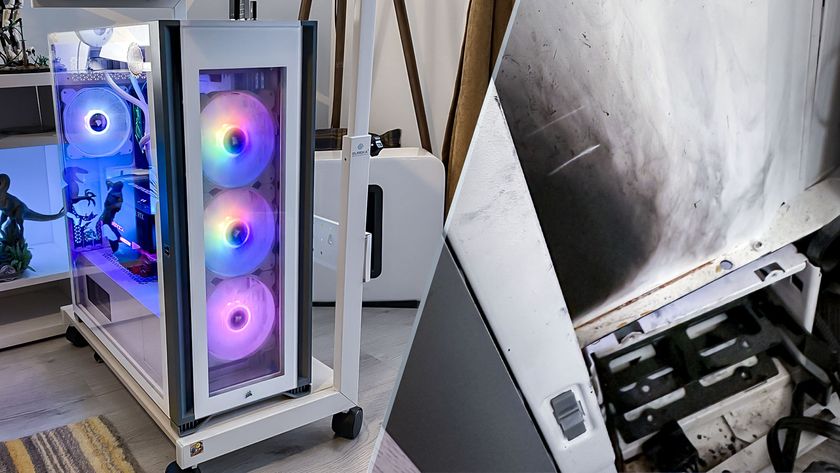iOS 18 will bring RCS messaging to iPhone at last — but why don’t we know more?
RCS got the bare minimum of attention at WWDC — despite all our questions
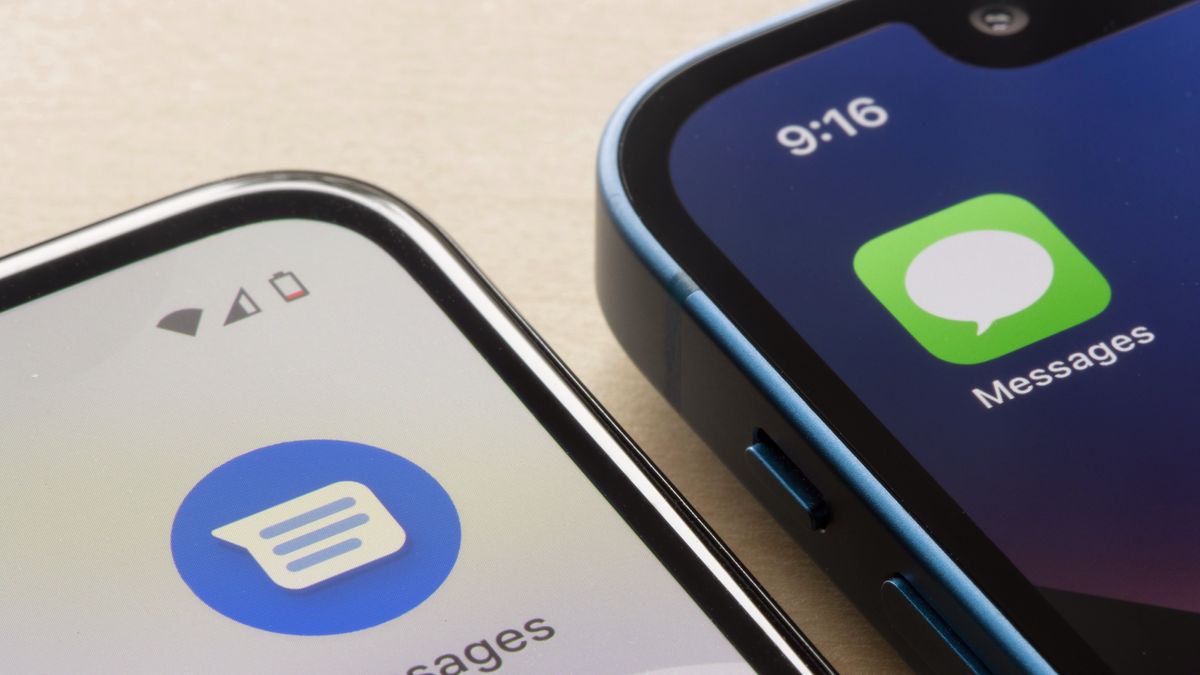
WWDC is rarely a quiet event, and as Apple’s product portfolio has grown so too have the number of things that need to be covered during the keynote address. Apple can’t take a deep dive into everything during those two hours, which means some stuff gets pushed to the sidelines. This year one of those things was RCS messaging, which got at most a single second of attention.
Normally when Apple can’t go into greater detail right away, it’ll do so later on in the conference. Unfortunately that hasn’t happened with RCS at WWDC 2024, and beyond that quick mention during the iOS 18 section of the keynote Apple has kept quiet about how implementing the standard is going to work. Even though that’s one of the few things that Apple really needs to explain in greater detail.
Changing the way we communicate across platforms
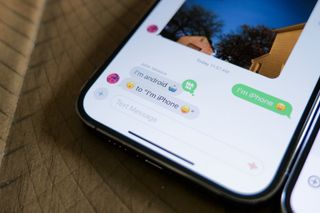
As anyone with an iPhone will know, Apple loves to highlight whenever you’re texting someone who isn’t using iMessage. The green bubble might as well be a giant klaxon announcing the fact someone doesn’t have an iPhone, and in some cases that can be a real mood killer. Green bubbles mean that the Messages app is defaulting to SMS and MMS, which lack all the smarter features available in iMessage. Read receipts, typing indicators, better emojis, higher quality image sharing and so on.
Apple says this green/blue bubble divide is a security feature. It’s a warning to iPhone users that the conversation doesn’t have all the same security and conversational features you’d get in an iPhone to iPhone conversation. So users need to be careful about what they send, and to not expect anything beyond basic text messaging.
Bringing RCS messaging to the iPhone is a huge deal because of how it would essentially modernize communication between Android and iOS devices — without the need for a third party messaging app like WhatsApp. No more communicating with the 32-year-old SMS standard, which is about as secure and effective as an empty window frame.
No more communicating with the 32-year-old SMS standard, which is about as secure and effective as an empty window frame.
Your group chats don’t necessarily need to be broken just because there’s an Android user or two in the mix. Your photos won't undergo neutron star-levels of compression before they arrive, and everything will be sent over IP — meaning you can text over Wi-Fi and not regular cell networks.
The problem is we have absolutely no idea how the whole system is going to work in practice, and what sort of functionality will be available for iPhones messaging over RCS. WWDC was Apple’s main opportunity to answer those burning questions and explain just how this system was going to work. Instead it glossed over the news as if to try and avoid any awkward questions RCS’s omission would create.
In fact we’ve gotten more information out of Google about Apple’s RCS plans than we have out of Apple itself.
What took so long to bring RCS to iPhone?
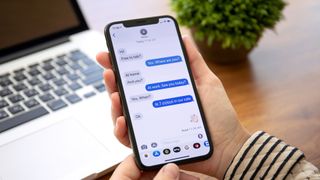
Apple’s official line for not adopting RCS is that the standard didn’t meet its strict security criteria. The official RCS specification doesn’t feature end-to-end encryption. Some RCS messaging services, like Google Messages, are encrypted by default, but that isn’t required. So your run-of-the-mill RCS messaging services doesn't automatically offer any extra protection.
In the past Apple said this lack of encryption went against its core policy of maintaining user privacy. Even though SMS was already in use and suffered the exact same issue. That idea hasn’t gone anywhere, and during its RCS announcement last year Apple confirmed it would work with developers GSMA to bring encryption to the specification.
It’s long been speculated that iMessage has been the key reason why Apple has kept cross-platform messaging trapped in the past. Because iMessage is one of the Apple ecosystem’s crowning features, especially in the United States, and as a “gatekeeper service” it’s one of the reasons people keep buying iPhone every time they upgrade. In fact it was revealed that Apple deliberately chose not to try and bring iMessage to Android for this very reason.
In fairness to Apple, RCS was a mess for a very long time. The major carriers in the U.S. refused to partner and develop a unified RCS profile for messaging, leading to Google taking charge in mid-2019 and pledging to bring RCS to all Android users. Carriers put aside their differences later that year, but ultimately gave up on their unified competitor less than 2 years later.
On top of that Google Messages is still a semi-proprietary service. While it’s based on the RCS standard, there are several systems that Google developed in-house. Least of which is the end-to-end encryption. Adopting RCS means Apple has to play nice with Google’s version of the standard, to make sure cross-platform messaging systems are compatible. Otherwise it would be a lot of wasted time, effort and money. In the past Apple clearly didn’t want to bother with all that work, despite its willingness to partner with Google on other things — like tackling AirTag stalking.
Of course we’re not talking about hypothetical situations anymore. RCS is coming to iPhone and it means the Apple Messages app is going to have to play nice with Google Messages. It doesn’t have to be super technical, just a basic rundown of what features will and won’t be available. Unfortunately that still hasn’t happened.
It feels like Apple is trying to downplay RCS
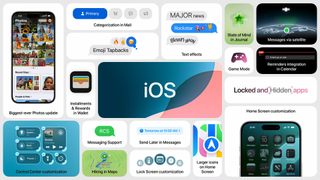
Apple remained steadfast in its decision, despite calls from Google and others to fix cross-platform messaging. In late 2022 CEO Tim Cook even told a journalist to “buy [his] mom an iPhone'' after being questioned about the possibility of better cross-platform file sharing. Cook also said that he didn’t see users asking the company to put the energy into RCS adoption.
Unfortunately for Apple (and iMessage) it doesn’t appear to have had much choice in whether it supports RCS or not. While it’s true Apple successfully argued that iMessage wasn’t a gatekeeper service in the EU, and therefore didn’t need to go cross platform, it seems China wasn’t buying it.
China was reportedly working on a law that would force all 5G devices to support RCS messaging if they want to go on sale in the country. That would be a huge problem for Apple, since it’s the only foreign phone company to have any meaningful sway in the Chinese phone market — commanding 17.3% market share in 2023.
There are a lot of people in China, and that represents a lot of iPhone sales, so losing access to that market would be a disaster for Apple’s finances. Nothing is official, but Apple has to play by the Chinese government’s rules if it wants to stay in its good graces.
There’s a good chance this also means not speaking out about the law and complaining at every available opportunity — as Apple has done with the EU Digital Markets Act. If there’s one thing I know about the CCP, it’s that public dissidence is rarely, if ever, tolerated.
But just because Apple has been compelled into action doesn’t mean it has to talk about it. And judging from WWDC it seems this is the route Apple is taking. A quick mention that RCS is coming, to kill off any initial questions, but absolutely no elaboration. Especially not when it has mundane iMessage updates to talk about instead.
Bottom line
The situation with cross-platform texting on mobile has been a mess for so long that any news is good news. The fact that RCS messaging will be rolling out as part of iOS 18 is definitely welcome. But that doesn’t change the fact that Apple had the opportunity to explain how RCS is going to work on the iPhone, and chose not to.
There’s a lot to get through at WWDC, and Apple’s current focus is all on AI right now. But that doesn’t change the fact that adding RCS marks a huge change for how iPhones and non-iPhones communicate and we know next to nothing about what it will entail. Heck, we don’t even know if it will be available when iOS 18 officially launches in September, or if it will be coming as part of a future update.
Then again, Apple has never been a particularly forthcoming company. As always, we’ll find out when we find out and there’s nothing to stop the copious speculation in the interim months.
More from Tom's Guide
- iOS 18 just made the iPhone 15 Pro's Action button even better — here’s how
- iOS 18 lets you do this on your iPhone even when your battery is dead
- Apple Intelligence compatibility — here's why older iPhones won't work
Sign up to get the BEST of Tom's Guide direct to your inbox.
Get instant access to breaking news, the hottest reviews, great deals and helpful tips.

Tom is the Tom's Guide's UK Phones Editor, tackling the latest smartphone news and vocally expressing his opinions about upcoming features or changes. It's long way from his days as editor of Gizmodo UK, when pretty much everything was on the table. He’s usually found trying to squeeze another giant Lego set onto the shelf, draining very large cups of coffee, or complaining about how terrible his Smart TV is.
